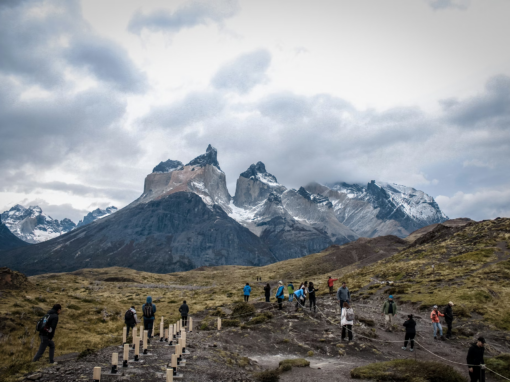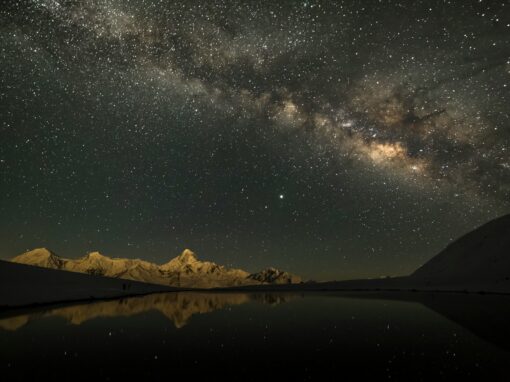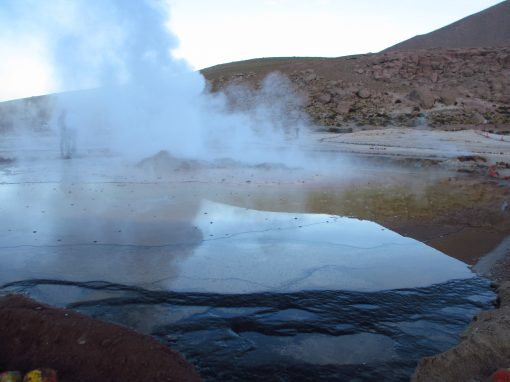By Tracey Chandler for ContactChile
A few weeks ago, I decided to take a quick trip to Papudo — a small coastal village in Chile’s 5th Region, roughly two hours away by car (170 kilometers) in a northeasterly direction from Santiago. I was looking for an alternative to the popular sites of Valparaíso and Viña del Mar, and Papudo with a population of around 5000 inhabitants, exquisite seafood, and long stretches of soft, white sand seemed like it would fit the bill.
Day 1
The drive was quick and relaxing. Instead of passing through the man-made tunnel, I took the long route up and over Cuesta El Melón. I made a saving of about $4.000 pesos by avoiding the tunnel toll, and got to appreciate some spectacular views.
I checked into Hotel Carande, and then set out on foot to explore.The Nuestra Señora de las Mercedes Church in Papudo was inaugurated in 1918. It’s a small construction — designed by architect Alberto Cruz Montt — and definitely worth visiting if you’re interested in neo-colonial or baroque architecture. The entrance to the church exhibits some particularly pretty baroque-style wood carvings.
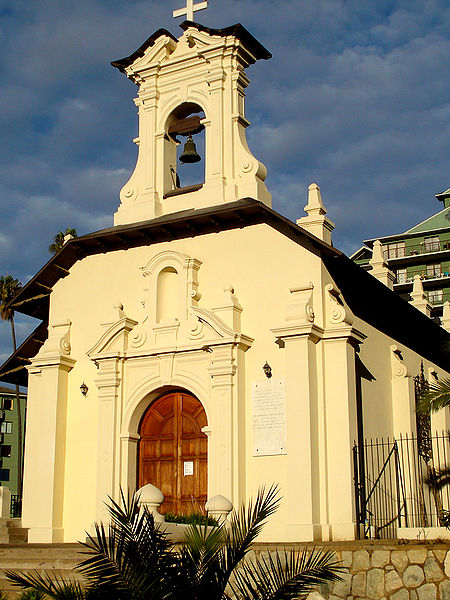
After visiting the church, I decided to head down to the waterfront. ? Papudo’s Caleta de Pescadores. It was almost empty — just a few fisherman to my right, and a family with two children and a dog to my left. The air was still and the sparkling blue sky contrasted against a bed of bright yellow flowers in front of me.
In a letter to the Emperor of Spain in 1545, Pedro de Valdivia described Papudo as, “The Paradise of God”. He wasn’t wrong. I couldn’t resist. I set off along the beach on what turned out to be a two-hour leisurely stroll. Even though acres of natural beauty and tremendous calm surrounded me, it was sad to see the high-rise constructions tapping the view of the Lilenes Forest between Playa Grande and Playa El Lilén. Locals explained that the buildings began to appear around 10 years ago, and are mostly owned by city dwellers who travel to Papudo for the odd weekend, or for their summer vacations.
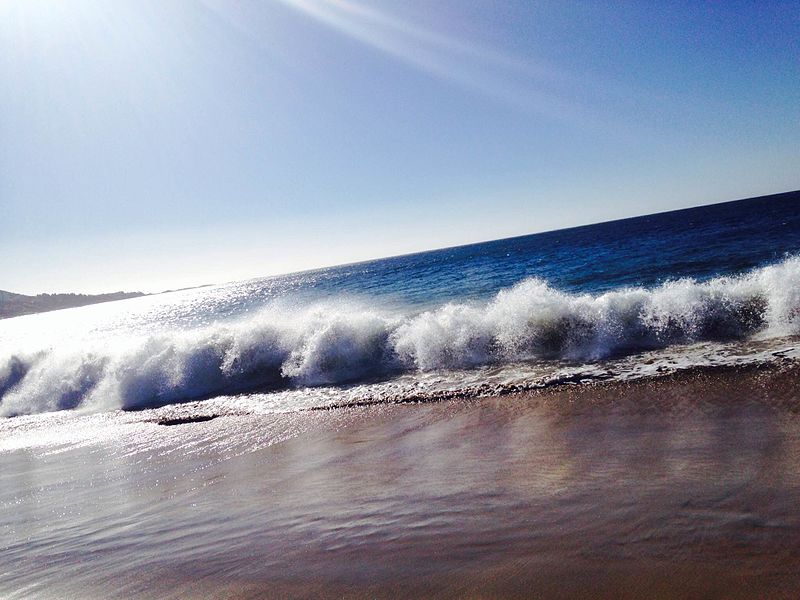
A few hours later and the only thing I wanted to do was to find somewhere great to eat. I’d heard about the wonderful seafood served in Papudo and I was particularly eager to try machas a la parmesana — a kind of clam, baked in the oven, and covered in melted parmesan cheese. I found a lovely little restaurant, La Casa de César, that served exactly what I was looking for, and I dined like a queen.
Day 2
I started the day with a few quick visits to Club de Yates (a sailing club), the Club de Golf, and Club de Tenis. All three are open throughout the year, but popularity increases during the summer months when Papudo receives its largest influx of annual tourists.
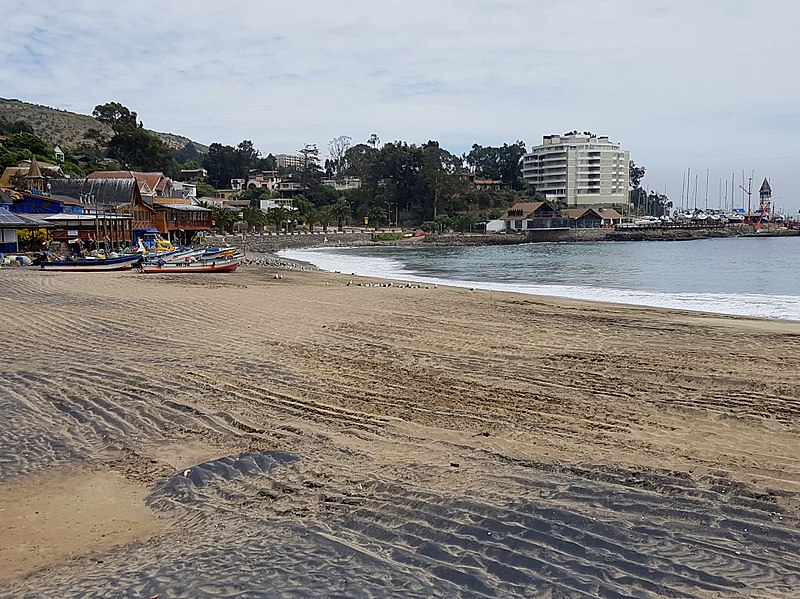
Around midday, I dined on a very tasty grilled reineta (a meaty, white fish) with rice and salad, and the walked along the Paseo Peatonal Camino El Conquistador.
The path first opened in February 1986, and leads to Cueva de los Murciélagos, Cueva del Pirata Drake (where Sir Francis Drake was said to have rested for five days in 1578), and the Los Changos Beach. The walk is pleasant, but breezy, so make sure you take a jacket.
A short detour to La Ligua on the way back to Santiago would have been nice, but I settled for a hot cup of coffee and a few “dulces” from La Ligua instead — sweet pastries filled with lashings of dulce de leche (sticky caramel), covered in a thin crust of icing sugar, and splattered with hundreds and thousands. Yum!

I travelled by car, but it’s easy enough to get from Santiago to Papudo by bus — a one-way trip takes around two and a half hours. There are buses which leave frequently with Tur-Bus, and cost around $10.000 pesos one-way.
Do you know Papudo or any other beaches in Chile that you would like to share with us? Let us know in the comments!
